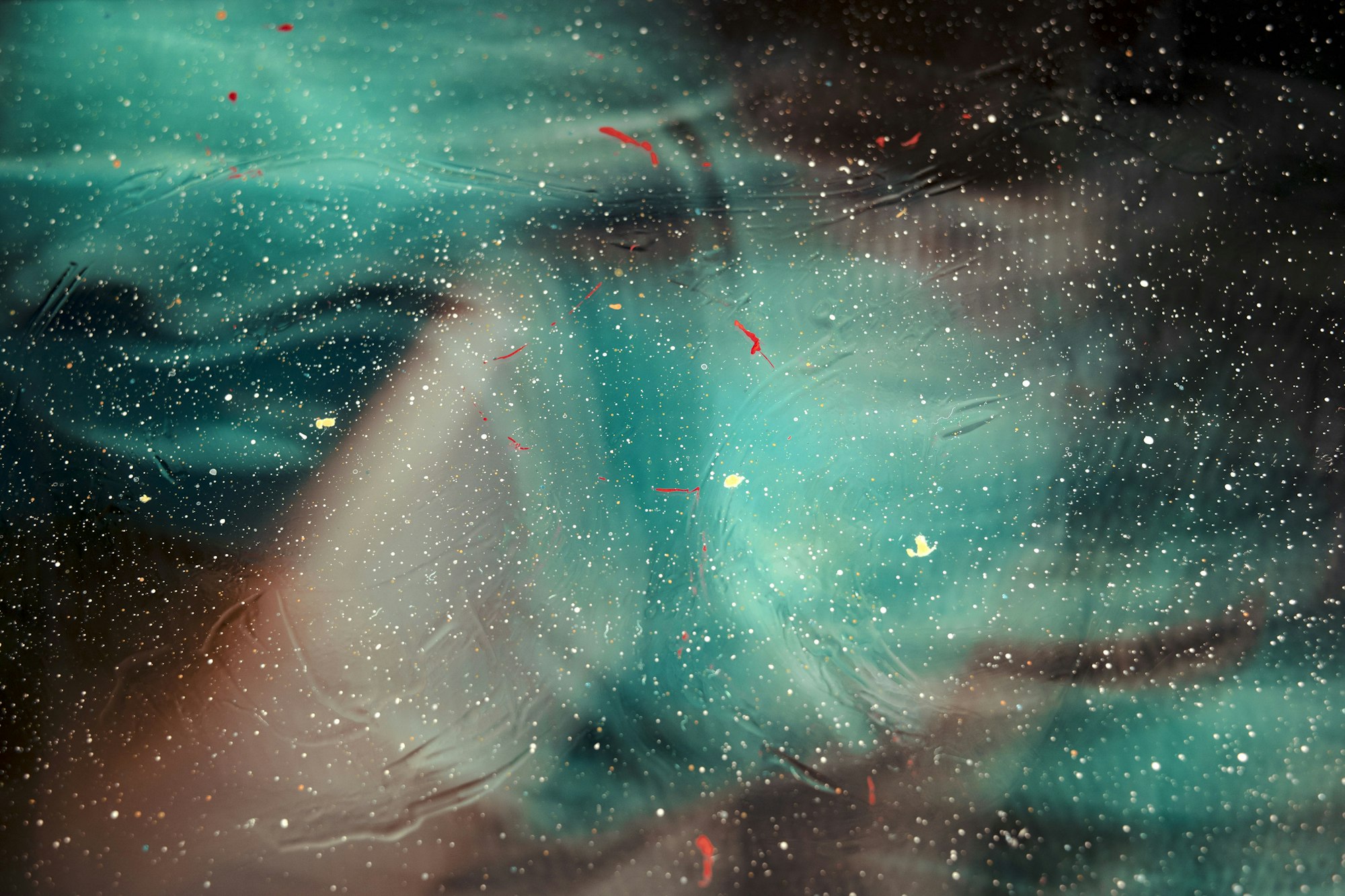Understanding the Cosmic Blueprint: The Theory of Knowledge
Dive into the 'Theory of Knowledge'—a blend of ancient philosophy and universal understanding. Merging the 'Theory of Being', 'Theory of Process', and 'Theory of Sets', we bridge human existence with the cosmos. Join our millennia-spanning quest for truth.

At the heart of every grand idea is the essence of knowledge—the profound understanding of the universe and its vastness. Ancient Chinese philosophy, teeming with insightful contemplations about our existence, presents a mosaic of thought that resonates through the ages. Today, we'll delve into the 'Theory of Knowledge,' exploring its dimensions and what it signifies in our quest for cosmic truth.
The Reflection of Nature in Man: An Introduction
The world around us, with its intricate design and profound mysteries, finds a mirror within our very beings. Knowledge, in essence, is this reflection. When we endeavor to understand how humans perceive this world, we are venturing into the realm of the Theory of Knowledge. Think of it as a guide to comprehending the universe in its entirety.
This theory is not isolated; it intertwines three fundamental methods:
- Theory of Being
- Theory of Process
- Theory of Sets
Together, they form the crux of understanding the universe's essence. Let's embark on this journey.

The 'I' and its Primacy in Knowledge
Every individual—the 'I'—acts as a receptor, sensing and experiencing the world. This experience of the 'I' is immediate, genuine, and irrefutable. It's the bedrock of certainty, the lighthouse guiding us through the vast seas of understanding.
When the 'I' acknowledges its own existence—a realization aptly termed I-exist—it sets the wheels of cognition in motion. This recognition is foundational. By acknowledging our own existence, we inch towards understanding the existence of all else—the 'He-exists.'
Remember this: The affirmation of our existence—the 'I-exist'—is monumental. It serves as the philosophical cornerstone, the basis of all our judgments and conclusions. By understanding the 'I,' we pave the way for expanding our realm of knowledge.
Journeying from Being to Process
Emerging from our understanding of existence—the 'I-exist' and 'He-exists'—we encounter the Theory of Being. This theory presents two states: affirmation of existence and its denial. Every entity, every idea, resides in one of these two states.
From this understanding, we transition to the Theory of Process. Here, the focus shifts to the journey of existence. Everything is a process, with a start (principle) and an end (negation). This cyclical nature of existence, from beginning to end, defines the world around us.

A Union of Theories: The Theory of Sets
Imagine combining the Theory of Being and the Theory of Process. The result? The Theory of Sets. It encapsulates the simultaneous existence of both theories, seamlessly integrating them into a coherent framework.
Diving deeper, we realize that every entity or idea has an intrinsic logical essence—a soul if you will. Whether it's the qualitative aspects (attributes and characteristics) or the quantitative elements (the numerical regularities), they all trace back to this logical essence.
Conclusion: The Grand Synthesis
The Theory of Being, the Theory of Process, and the Theory of Sets aren't mere academic constructs. They're a testament to the timeless methodology of ancient thinkers—a way they perceived the objective world. Through these lenses, we're equipped with the tools to dissect the universe, comprehend its nuances, and marvel at its grandeur.
Remember, the Theory of Knowledge isn't just about understanding. It's about connection. It’s the bridge between us, our ancestors, and the universe. As we continue to explore, with BaguaScience as our compass, we're not only seeking knowledge but embracing a legacy—a tradition of inquiry that spans millennia.
Embark on this lifelong journey with us. Together, let’s explore the depths of knowledge and find our place in the cosmic blueprint.
